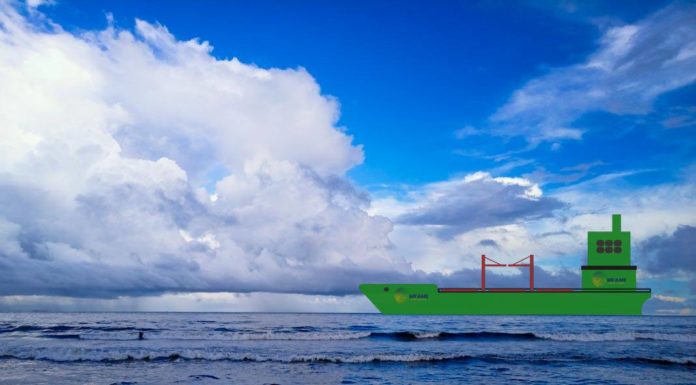- The re-evaluation of offshoring production is expected to switch to reshoring.
- Production of global trade to move across borders in the medium term, reverting to domestic production, nearshoring, and shifting to different offshore locations.
- Today’s global chains and greater global connectivity allow trade shocks to travel faster than ever and this impact on the global economy would be momentous.
Global supply chains for goods and commodities were already fractured before Covid-19 arrived. All the pandemic did was amplify the “profound fault lines” in the functioning of those chains and lay bare where improvements need to be made, says an article published by Baltic Exchange.
Re-evaluation of offshoring
The re-evaluation of offshoring production that started before the pandemic and then stepped up as Covid-19 hit is expected to lead to a glut of relocations and switches to reshoring.
“With most economies under full or partial lockdown and with trade and investment contracting, the future of offshoring is more uncertain than pre-COVID-19,” Fortunato said, highlighting a predicted fall of between 13% and 32% in trade from the World Trade Organization.
But reshoring and relocations bring their own challenges for the recipient economy.
Reshoring can “cause significant economic and social costs much beyond the immediate job and business turnover losses”; and relocations “trickle-down rapidly to the local economy, affecting the local supply chain, the offer of local services and (in the medium and long run) the quality of infrastructure”, said Fortunato.
Reverting to domestic production
McKinsey Global Institute (MGI) in its Risk, resilience, and rebalancing in global value chains report, forecasts that production of global trade, worth $2.9 trillion to $4.6 trillion, could move across borders in the medium term.
This could involve some combination of reverting to domestic production, nearshoring, and shifting to different offshore locations.
Building resilience to resist
Moving the physical footprint of production is only one of many options for building resilience to resist, withstand, and recover from shocks, says MGI.
Other options include:
- Strengthening risk management capabilities and improving transparency
- Building redundancy in supplier and transportation networks
- Holding more inventory
- Reducing product complexity
- Creating the capacity to flex production across sites
- Improving financial and operational capacity to respond to shocks and recover quickly from them
Today’s global chains and greater global connectivity allow shocks to travel from one part of the world to another faster than ever.
Impact of shocks on the global economy
Analysts at the Center for Strategic and International Studies said that if the strategy begins to bear fruit, the impacts on the global economy would be “momentous”.
“While Chinese policymakers and commentators have been clear that the dual circulation strategy does not mean a full-scale pivot away from global economic integration or reliance on external demand, even a marginal shift by China away from its focus on mercantilist export practices could fundamentally reshape global trade and investment flows,” they said.
Increasing resilience to possible trade shocks is one thing, propping up global trade if China changes the rules is quite another, and should that happen no amount of nearshoring or relocation will help protect global trade in the future.
Did you subscribe to our daily newsletter?
It’s Free! Click here to Subscribe!
Source: Baltic Exchange





















